A protostar is an early stage in the formation of a star, representing a critical phase in stellar evolution. It emerges from a dense region within a molecular cloud, where gravitational forces cause gas and dust to collapse under their own weight. As this material gathers, it forms a core that heats up due to the immense pressure exerted by the surrounding mass.
This core is not yet a fully-fledged star; rather, it is a hot, dense ball of gas that will eventually ignite nuclear fusion in its core, marking the transition to a main-sequence star. The characteristics of protostars are fascinating and complex. They are typically surrounded by a rotating disk of material, which can include gas and dust that have not yet been incorporated into the protostar itself.
This accretion disk plays a crucial role in the protostar’s development, as it provides the necessary material for growth. Protostars can be identified by their infrared emissions, which are produced as the surrounding dust absorbs and re-emits energy from the protostar. This phase can last for millions of years, during which the protostar undergoes significant changes in temperature, luminosity, and size.
Key Takeaways
- Protostars are early-stage stars formed from collapsing gas and dust clouds.
- They play a crucial role in the birth of stars and planetary systems.
- Advanced telescopes and techniques help scientists observe and study protostars.
- Understanding protostars aids in exploring the origins of life and planetary environments.
- Ongoing research aims to uncover more about protostar evolution and their cosmic impact.
The Formation of Protostars
The formation of protostars begins within giant molecular clouds, which are vast regions of cold gas and dust in space. These clouds are primarily composed of hydrogen molecules, along with helium and trace amounts of heavier elements. When certain regions within these clouds become gravitationally unstable, they begin to collapse under their own gravity.
This process can be triggered by various factors, such as shock waves from nearby supernovae or collisions between molecular clouds. As the material collapses, it fragments into smaller clumps, each potentially forming a protostar. As the clumps continue to collapse, they increase in density and temperature.
The core of the clump becomes increasingly hot and dense, while the outer layers remain cooler and less dense. This temperature rise is crucial because it sets the stage for nuclear fusion to eventually occur. During this phase, the protostar is still gathering material from its surroundings through the accretion disk.
The infall of material can lead to outflows and jets being ejected from the poles of the protostar, which are observable phenomena that provide insight into the dynamics of star formation.
The Role of Protostars in the Universe
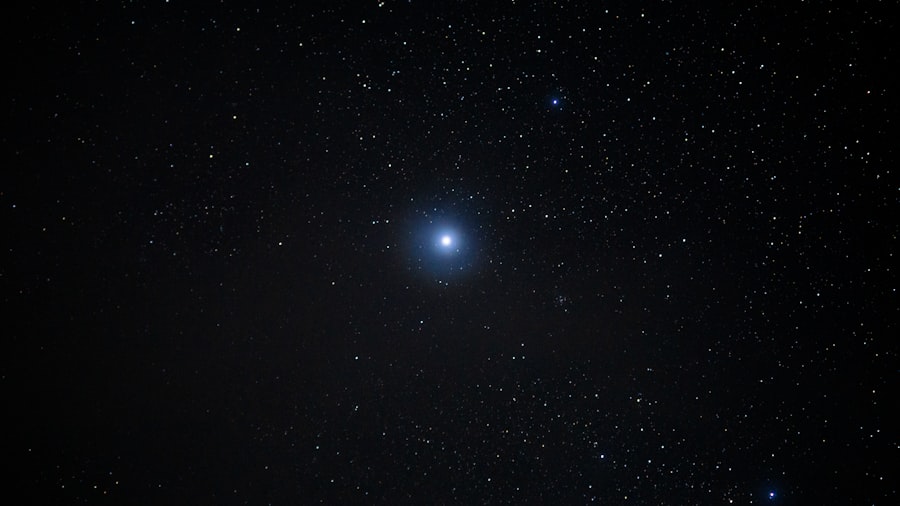
Protostars play a pivotal role in the cosmic landscape, serving as the building blocks for stars and planetary systems. Their formation is essential for the recycling of matter in the universe, as they convert gas and dust into luminous stars that will eventually return enriched materials back into space upon their death. This process contributes to the chemical evolution of galaxies, as newly formed stars produce heavier elements through nuclear fusion, which are then dispersed into the interstellar medium when they explode as supernovae or shed their outer layers. Moreover, protostars are integral to our understanding of stellar populations and galactic dynamics.
This knowledge helps to inform models of galaxy formation and evolution, shedding light on how galaxies like our Milky Way have developed over billions of years.
Unveiling the Mysteries of Protostars
| Metric | Description | Typical Range/Value | Unit |
|---|---|---|---|
| Mass | Mass of the protostar during formation | 0.1 – 10 | Solar Masses (M☉) |
| Temperature | Core temperature of the protostar | 1,000 – 10,000 | Kelvin (K) |
| Age | Estimated age since collapse began | 10,000 – 100,000 | Years |
| Radius | Size of the protostar | 2 – 100 | Solar Radii (R☉) |
| Luminosity | Energy output during protostar phase | 0.1 – 100 | Solar Luminosities (L☉) |
| Accretion Rate | Rate at which mass is accumulated | 10^-7 – 10^-4 | Solar Masses per year (M☉/yr) |
| Envelope Density | Density of the surrounding gas and dust envelope | 10^4 – 10^7 | Particles per cubic centimeter (cm⁻³) |
| Outflow Velocity | Speed of jets and outflows from protostar | 10 – 300 | km/s |
Despite significant advancements in astrophysics, many mysteries surrounding protostars remain unsolved. One of the most intriguing questions is how exactly protostars manage to accumulate mass from their surrounding environments without being hindered by powerful outflows or jets. The balance between accretion and ejection processes is delicate; understanding this balance is crucial for comprehending how stars grow to their final masses.
Another area of active research involves the role of magnetic fields in protostar formation. Magnetic fields can influence the dynamics of gas and dust within molecular clouds, potentially affecting how material collapses to form protostars. The interplay between gravity, magnetic fields, and turbulence within these clouds is complex and not yet fully understood.
Observations using advanced telescopes have begun to reveal patterns that suggest magnetic fields may play a significant role in regulating star formation rates across different environments.
Observing Protostars: Tools and Techniques
The observation of protostars requires sophisticated tools and techniques due to their often obscured nature within dense molecular clouds. Infrared astronomy has become a vital method for studying these celestial objects since infrared wavelengths can penetrate dust clouds that block visible light. Telescopes such as the Spitzer Space Telescope and the upcoming James Webb Space Telescope are designed specifically to observe in infrared wavelengths, allowing astronomers to peer into regions where protostars are forming.
In addition to infrared observations, radio telescopes play a crucial role in studying protostellar environments. They can detect emissions from molecules such as carbon monoxide (CO) and other isotopes that are abundant in molecular clouds. By mapping these emissions, astronomers can infer the dynamics of gas flows around protostars and gain insights into their accretion processes.
Furthermore, techniques such as interferometry allow for high-resolution imaging of protostellar disks, revealing structures that may indicate planet formation.
The Impact of Protostars on Star and Planet Formation

Protostars are not only significant for their own development but also for the formation of planets around them. The accretion disk surrounding a protostar is where planetary systems begin to take shape. Dust grains within this disk collide and stick together, gradually forming larger bodies through a process known as accretion.
Over time, these bodies can grow into planetesimals and eventually protoplanets. The environment around a protostar can significantly influence the types of planets that form. For instance, temperature gradients within the disk can lead to variations in composition; rocky planets may form closer to the star where temperatures are higher, while gas giants may develop further out where cooler conditions allow for the accumulation of volatile compounds like water and methane.
Understanding these processes is essential for unraveling the complexities of planetary system formation and evolution.
Protostars and the Search for Extraterrestrial Life
The study of protostars has implications beyond understanding stellar evolution; it also intersects with the search for extraterrestrial life. The conditions present in protoplanetary disks around young stars may be conducive to forming habitable planets. By identifying systems with Earth-like conditions during their formative stages, scientists can better target their searches for life beyond our solar system.
Moreover, understanding how organic molecules form in these environments is crucial for astrobiology. Many complex organic compounds have been detected in molecular clouds and protoplanetary disks, suggesting that the building blocks of life may be widespread throughout the universe. Investigating how these molecules evolve during star formation could provide insights into how life might arise on other planets orbiting young stars.
The Future of Protostar Research
As technology advances, so too does our ability to study protostars with greater precision and detail. Future missions equipped with cutting-edge instruments will enhance our understanding of these enigmatic objects significantly. For instance, next-generation telescopes like the Extremely Large Telescope (ELT) will provide unprecedented resolution for observing distant protostars and their surrounding disks.
Additionally, ongoing research into machine learning techniques may revolutionize data analysis in astrophysics, allowing scientists to sift through vast amounts of observational data more efficiently than ever before. This could lead to new discoveries about protostar formation processes and their role in shaping galaxies. In summary, research on protostars is poised to expand our knowledge not only about star formation but also about planetary systems and potentially habitable environments beyond our own solar system.
As we continue to explore these early stages of stellar evolution, we may uncover answers to some of humanity’s most profound questions about our place in the universe and the potential for life elsewhere among the stars.
Protostar, a fascinating concept in astrophysics, can be better understood in the context of broader philosophical discussions about the nature of existence and development. For those interested in exploring the philosophical implications of creation and growth, the article on





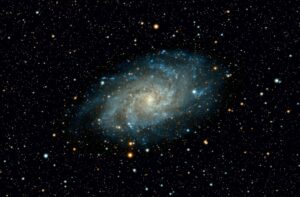
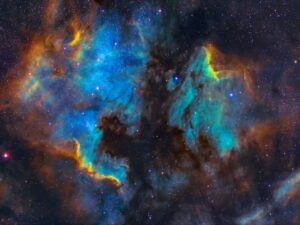









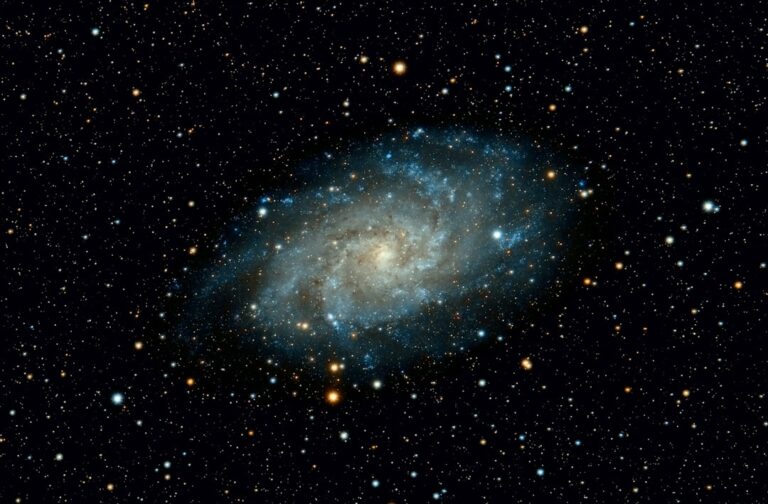
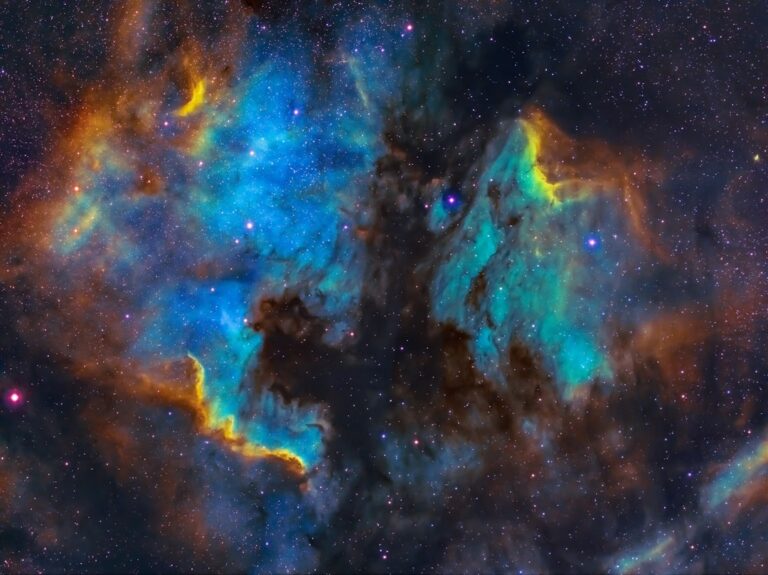

+ There are no comments
Add yours